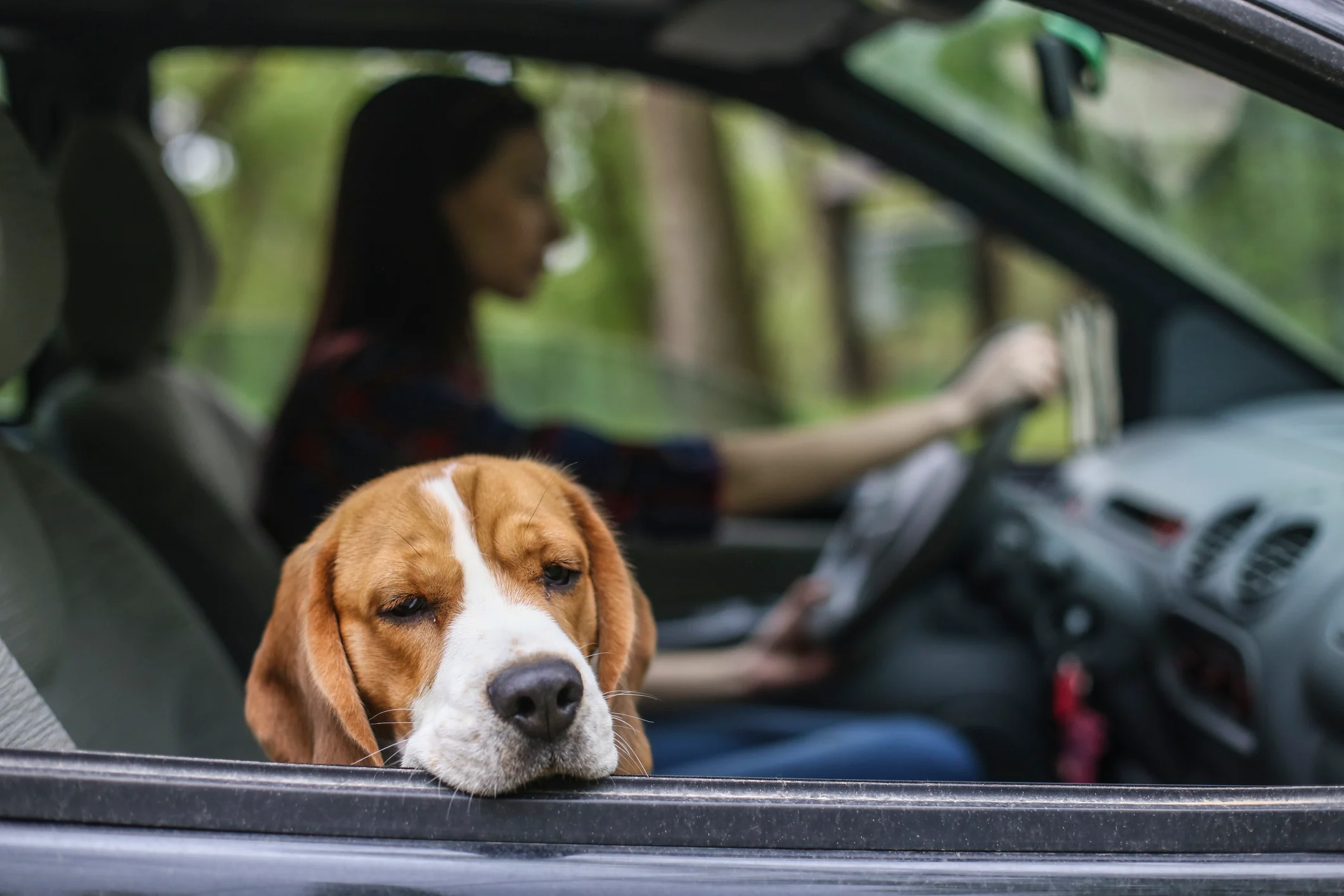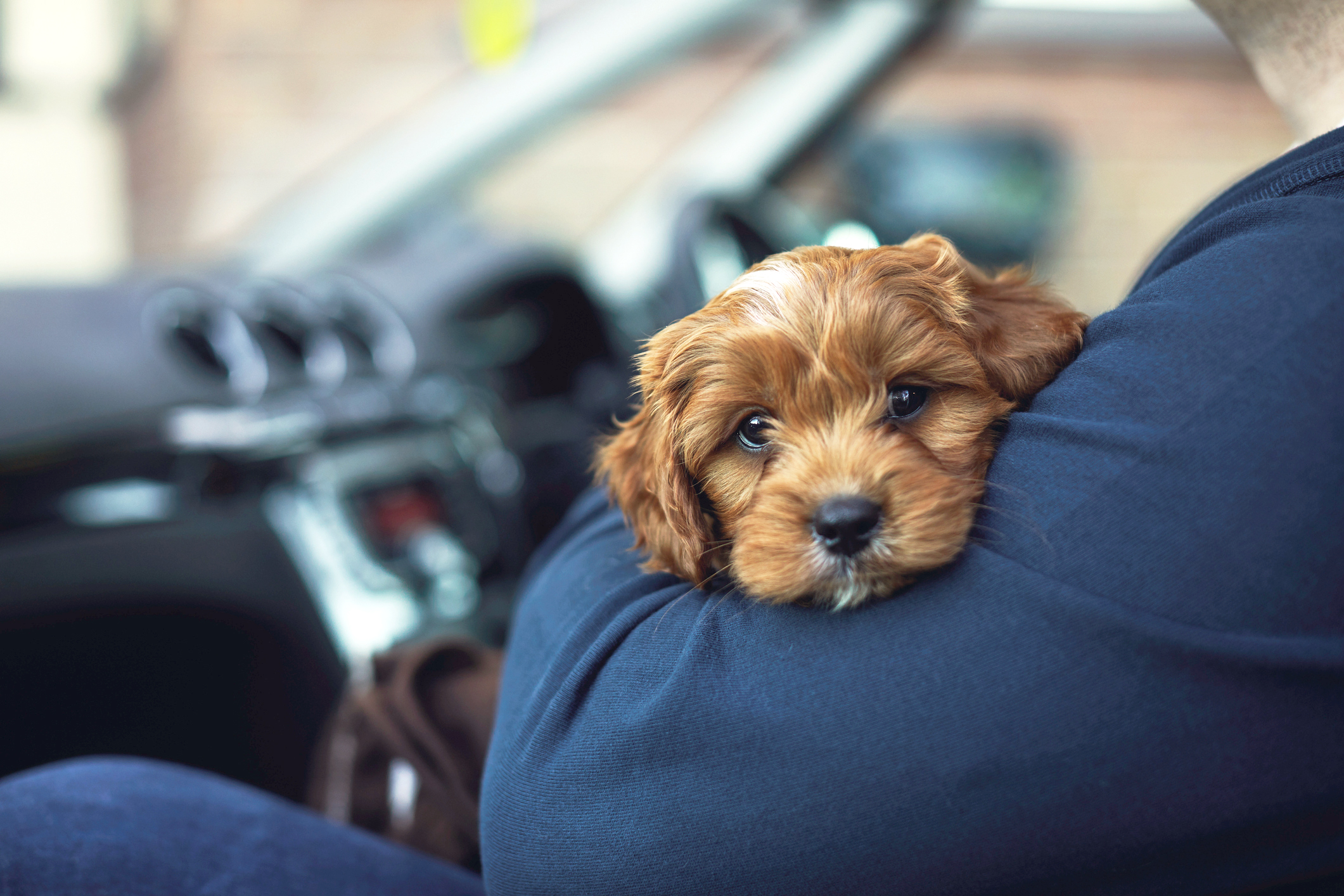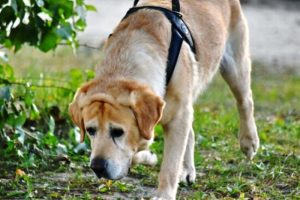
Car sickness in dogs may turn an otherwise delightful road trip into a stressful and filthy event. Some dogs, like people, experience nausea and discomfort when commuting in a car. Car sickness symptoms can range from increased panting and drooling to vomiting and restlessness, making travel uncomfortable for both the dog and its owner. However, with the correct methods and planning, you can help your furry buddy avoid carsickness and make traveling together more enjoyable. Understanding the reasons for carsickness, progressively acclimating your dog to car travel, building pleasant associations with the vehicle, ensuring sufficient ventilation, and taking feeding schedules into consideration will dramatically minimize your dog’s chances of suffering carsickness and help them to enjoy the ride without any discomfort.
Carsickness in Dogs
 To begin with, it is critical to understand the reasons for automobile sickness in dogs. Dogs can have motion sickness from a variety of sources, including vehicle movement, strange surroundings, and anxiety linked with automobile travel. Puppies and young dogs are particularly prone to vehicle sickness because their inner ears, which control balance and coordination, are still growing.
To begin with, it is critical to understand the reasons for automobile sickness in dogs. Dogs can have motion sickness from a variety of sources, including vehicle movement, strange surroundings, and anxiety linked with automobile travel. Puppies and young dogs are particularly prone to vehicle sickness because their inner ears, which control balance and coordination, are still growing.
It is critical to progressively acclimatize dogs to automobile travel in order to prevent or lessen carsickness. Begin by gradually and positively introducing your dog to the automobile. Begin with short, low-stress walks around the block, praising your dog for calm conduct with goodies and praise. As your dog grows more comfortable, gradually increase the time and distance of the outings.
Another good method is to form a positive link with the vehicle. Place your dog’s favorite blanket or bed inside the car to make it a more pleasant and friendly environment. Reward your dog with treats or toys for entering and staying in the car without exhibiting indications of worry or discomfort. This helps your dog link the automobile with pleasant memories, reducing anxiety. For dogs who are prone to carsickness, sufficient ventilation inside the road is essential. Allow fresh air to flow by leaving the windows slightly open or using a vehicle vent. This can help alleviate the sense of confinement and stale air, both of which can contribute to nausea. Avoid using strong air fresheners or fragrances inside the car, since they can be overbearing and could aggravate the situation.
Feeding your dog a small supper or delaying food before a vehicle trip might also help. A full stomach might make nausea and vomiting more likely. Allow adequate time for digestion by feeding your dog a modest meal a few hours before the journey. However, make sure your dog stays hydrated by offering water during the voyage.
 Using a properly fastened and comfy dog cage or harness may offer your dog with a sense of security and stability when traveling in the automobile. A box or harness decreases the danger of damage by preventing excessive mobility. Make sure the crate is well-ventilated and spacious enough for your dog to comfortably stand, turn around, and lie down. Gradually introduce the cage or harness, equating it with good experiences and incentives.
Using a properly fastened and comfy dog cage or harness may offer your dog with a sense of security and stability when traveling in the automobile. A box or harness decreases the danger of damage by preventing excessive mobility. Make sure the crate is well-ventilated and spacious enough for your dog to comfortably stand, turn around, and lie down. Gradually introduce the cage or harness, equating it with good experiences and incentives.
Consult your veterinarian if your dog still becomes carsick after these precautions. They may suggest drugs or natural therapies to help your dog’s problems. Some over-the-counter and prescription drugs can aid dogs with nausea and anxiety. However, before providing any medicine, visit a specialist to confirm correct dosage and fit for your dog’s individual needs.
It’s critical to keep an eye on your dog’s behavior during vehicle rides for indicators of carsickness. Drooling, excessive panting, restlessness, whimpering, vomiting, or lethargy are examples. Take a pause and let your dog relax outside the car if you see any of these indicators. Before continuing the voyage, provide water and comfort. Avoid criticizing or punishing your dog for showing indications of carsickness, since this can create anxiety and intensify the symptoms.






